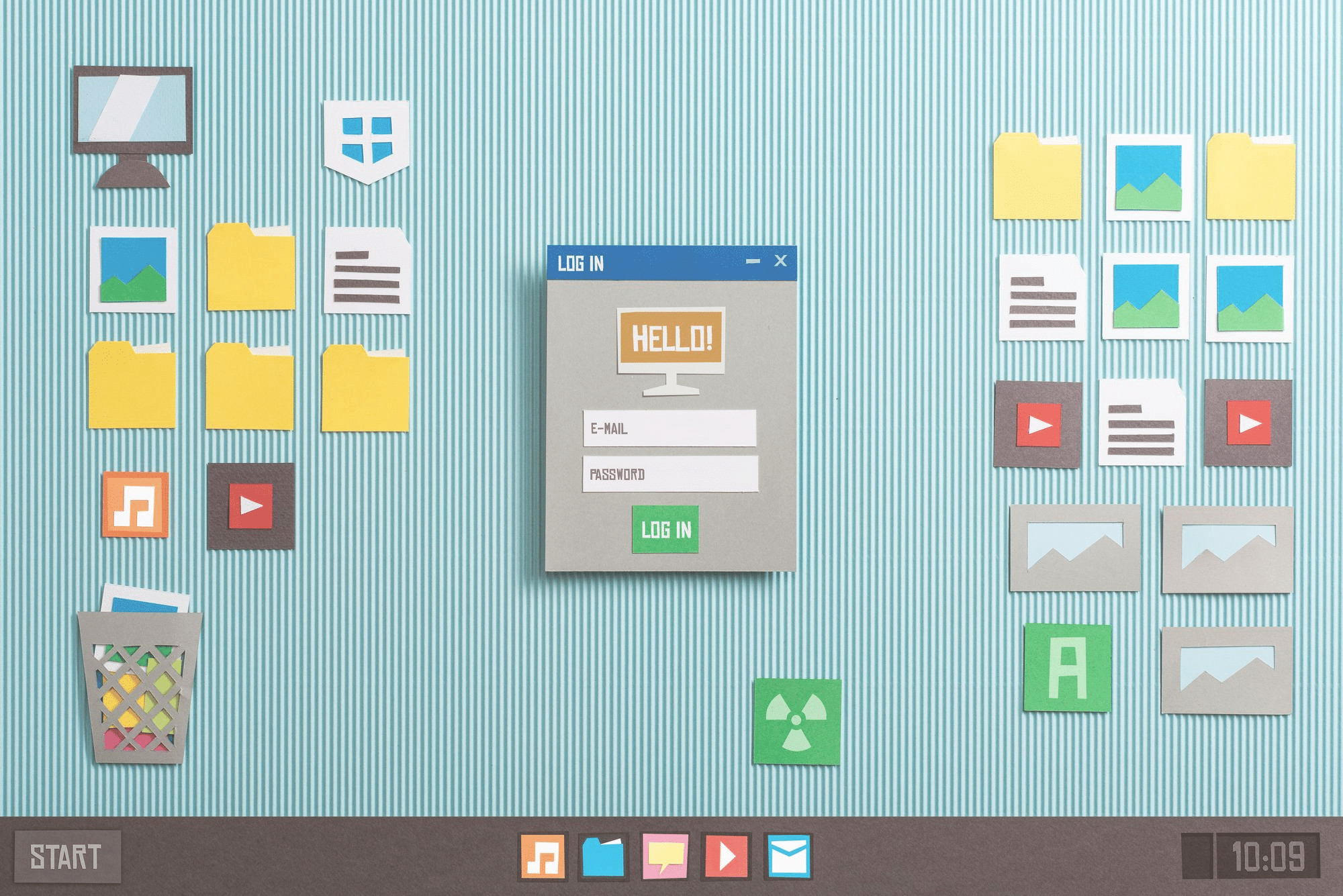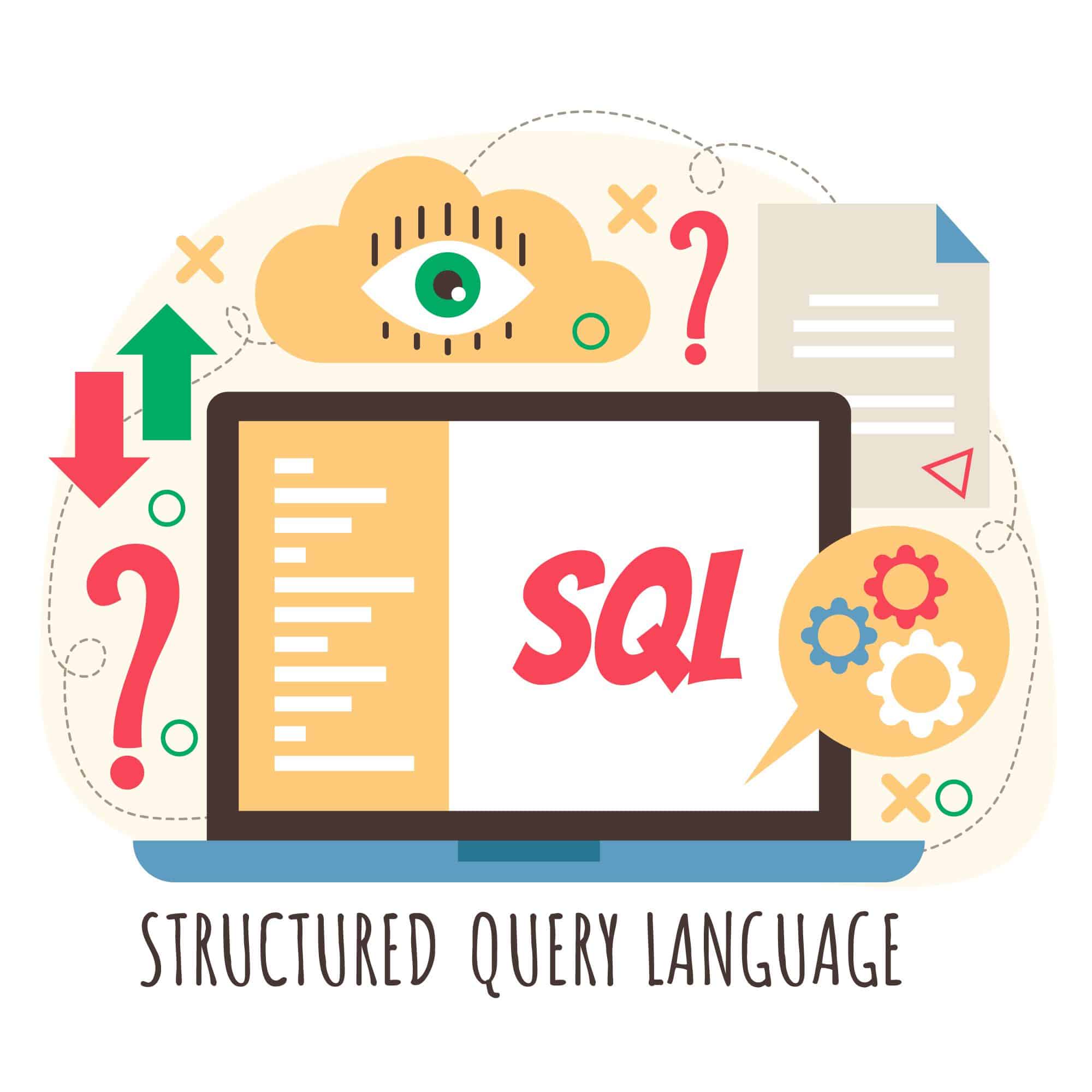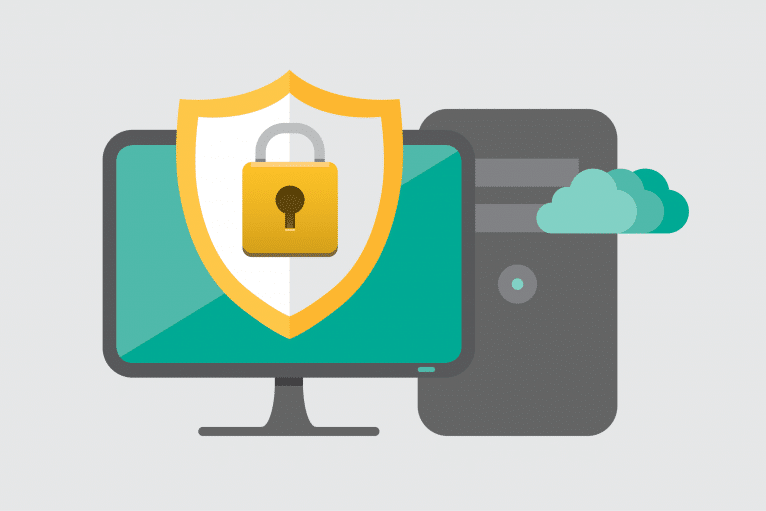Microsoft Windows is a proprietary graphical operating system developed and sold by Microsoft for both consumer and business use. The Windows NT family provides consumer applications while the Server family serves business applications.
Microsoft’s Windows 1.0 GUI ran on top of MS-DOS and allowed users to visually navigate their desktops through “windows.” They could also select files and folders by simply clicking them.
Windows is a graphical operating system
Microsoft Windows is a graphical operating system developed and distributed by Microsoft that has become the world’s most widely-used OS, with over one billion installations as of April 2019. Users are able to operate computer hardware, software applications, connect to the Internet and other devices using this OS on PCs, tablets and mobile phones alike.
Microsoft first unveiled Windows in 1985 as an add-on GUI for MS-DOS disk operating system, providing DOS users with visual desktop navigation and windowed contents rather than typing out commands and directory paths at text prompts.
Microsoft later introduced features to enhance its graphical user interface, such as menu bars, toolbars and icons. They also introduced multitasking support and the capability of downloading Windows applications through floppy disks or CD-ROMs – essential knowledge since many Government exams feature questions related to computer knowledge.
Windows 1.0
Microsoft Windows is a proprietary graphical operating system developed and sold by Microsoft. Comprising several client and server versions tailored specifically for home, business and enterprise computing use cases – from home users through to enterprise computing environments – Windows features a graphical user interface with multitasking abilities as well as support for peripheral devices as well as providing access to an abundance of applications. Apple macOS and the open source Linux OS serve as competitors of Microsoft Windows.
Windows 1.0 was initially made available for manufacturing on November 20 in the US and internationally in May 1986 by Microsoft for personal computers. Running as a 16-bit shell program, it could run both specially-written applications designed to run under it as well as existing MS-DOS software. Windows also featured an attractive windowing environment with side-by-side windows that cannot overlap each other and many built-in programs including Microsoft Paint, calculator, notepad editor and word processor.
Though Windows 2000 initially received mixed reviews, its success led Microsoft to release two updates, 2.0 and 3.0, both with enhanced features for multitasking functionality and window overlapping respectively.
Windows 2000
Windows 2k (also referred to as Microsoft Windows 2000) introduced several innovative new features and enhancements, such as an intuitive graphical user interface for browsing electronic folders and files – rather than typing commands at text prompts – with just the click of a mouse.
Windows 2000 comes equipped with the Computer Management console, enabling administrators to manage their system from outside its installed software. It can be used for tasks that cannot be accomplished within an OS itself such as disk defragmentation and chkdsk operations, as well as providing other standard system utilities.
Comparative to earlier versions of Windows, the operating system has been reported as being less vulnerable to hardware problems and has improved overall system uptime. An enhanced Plug and Play subsystem facilitates recognition of installed devices, allocation of resources, loading appropriate drivers and notifications of device event notification events.
OS has introduced several assistive technologies designed to assist those with disabilities, such as SoundSentry which assists those with hearing impairments by providing visual cues when programs produce sounds.
Windows XP
Windows XP is Microsoft’s most recent consumer version of Windows, released on October 25, 2001 and used by over 400 million people globally. Based on Windows NT for business use, it features several consumer-oriented features as well as supporting multiple physical CPUs with Hyperthreading.
Microsoft’s XP operating system represents an immense improvement from Windows ME, which had issues with stability and compatibility. Furthermore, this first graphical user interface enabled users to more efficiently manage their computer files and applications.
XP can be installed on various types of computers and features an easy-to-use Control Panel which enables users to customize various aspects of their computer such as audio, video, printers, keyboard, mouse settings and network connections. Furthermore, users may create and manage individual user accounts, making XP particularly helpful for families or groups who use one computer together.
Windows Vista
After the huge success of Windows XP, Microsoft made significant adjustments to meet user needs. Windows Vista represents a major overhaul to the OS with numerous new features such as graphics and audio support upgrades, multitasking abilities, virtual memory management, speech recognition capabilities and enhanced audio controls.
OS was specifically created for wide variety of hardware, based on x86 processor technology, making it compatible with most computers. Windows Aero offers more appealing visual style compared with previous versions, and Segoe UI font supports ClearType technology and all system languages.
OS includes an enhanced Control Panel, System Performance and Reliability Monitor and Parental Controls for added ease. A Sandbox feature enables users to experiment with Windows without risking their system, while several high-quality Chinese (Yahei and JhengHei), Japanese (Meiryo), and Korean fonts (Malgun) have also been added for user use.
Windows 7
Windows 7 is a version of Microsoft’s operating system designed specifically to run on personal computers (PCs). It has become one of the world’s most widely used PC operating systems. Users are able to complete tasks such as browsing the internet, sending and receiving email, editing digital photos and listening to music as well as using productivity tools like word processing and spreadsheets.
Windows 7 adds several multimedia capabilities beyond its traditional features, including streaming audio and video to multiple computers on a local network, supporting multiple monitors, as well as providing a taskbar that shows recently used programs and allows you to pin applications for easy access – not to mention rearrange applications whenever desired!
Windows 7 now makes it possible to manage homegroups directly, allowing users to share images, music, videos and documents across multiple computers while printing to one central printer from multiple systems.
Windows 8
Microsoft released Windows 8 in 2012 as the most modern upgrade of their Windows OS in years, featuring many innovative new features and an easy touch screen interface that also takes advantage of advanced computing features like multicore processing and solid-state drives.
It also features the charms bar, which enables users to quickly access settings and other functions on their computers. Furthermore, this software can save data in the cloud for easier file sharing between devices.
But Windows 8 also did away with some traditional features, such as native DVD playback and floppy drive support, that some users find disappointing; others feel this was necessary in keeping pace with technological advancement. Microsoft released Windows 10 later that same year as an upgrade that made some unnecessary changes unnecessary – including more traditional desktop and Start menu experience.
Windows 10
Microsoft has long held its place as the go-to computer operating system provider, and Windows 10 continues this tradition. With features designed to make managing and updating your computer easier than ever, Windows 10 is set to lead the pack once again.
Launched on 29 August 2015, Windows 10 marked Microsoft’s first major operating system upgrade in over eight years. While maintaining much of what made up its predecessor edition’s foundation, Windows 10 introduces numerous updates and modifications – from new login methods and personalized Start Menu options, to Cortana voice-recognition digital assistant.
Fluent Design language will eventually be implemented across OS and core applications of Microsoft, with an improved file explorer and Storage Sense that automatically deletes old files to free up space. Touch optimization includes support for rotary dials, on-screen pens, eye tracking as well as new virtual desktops; additionally it has built-in Xbox app allowing users to stream games over Wi-Fi; DirectX/WDDM graphics hardware is supported for enhanced gaming experiences.



